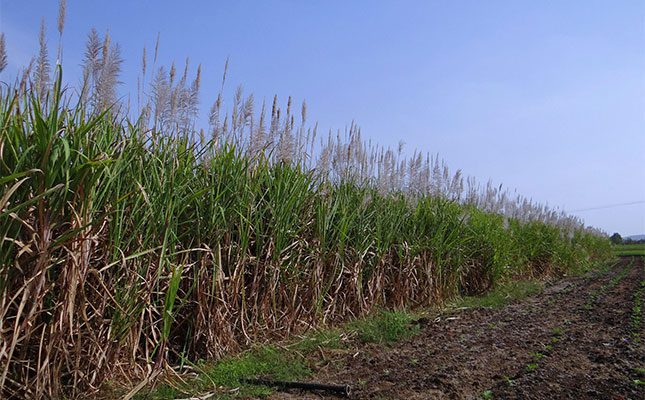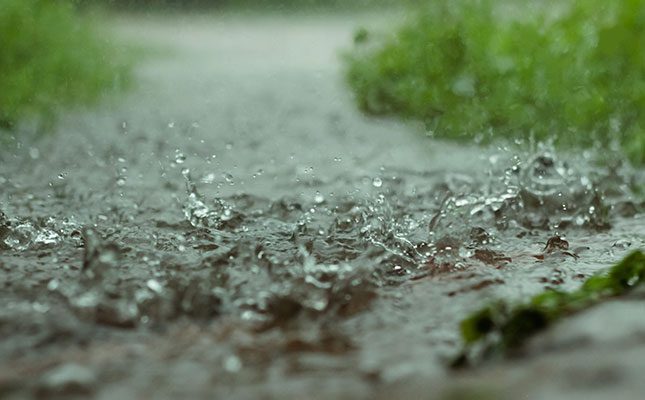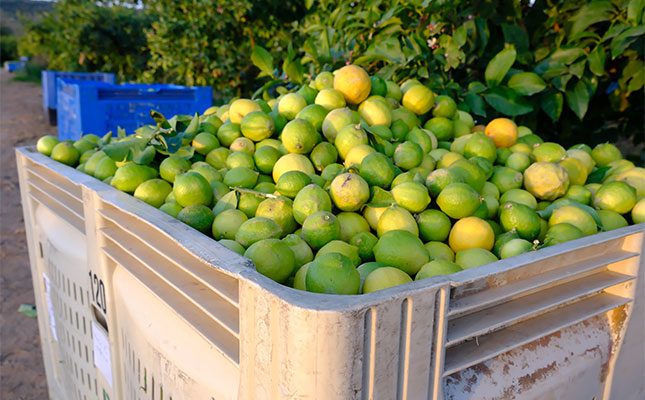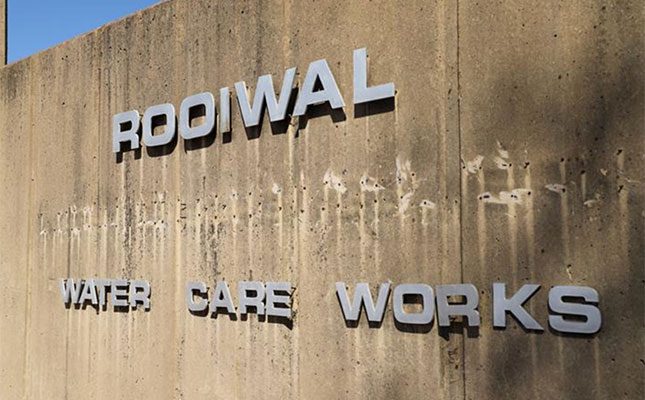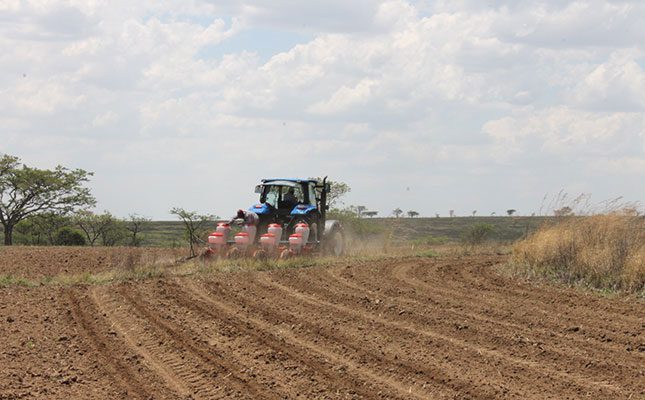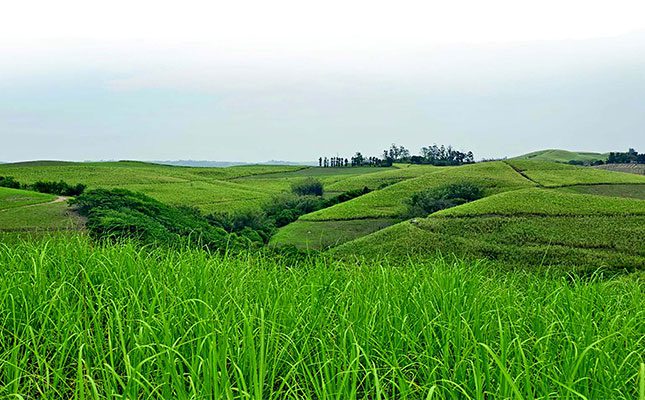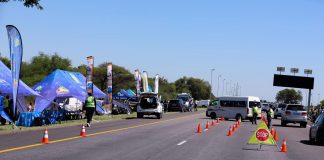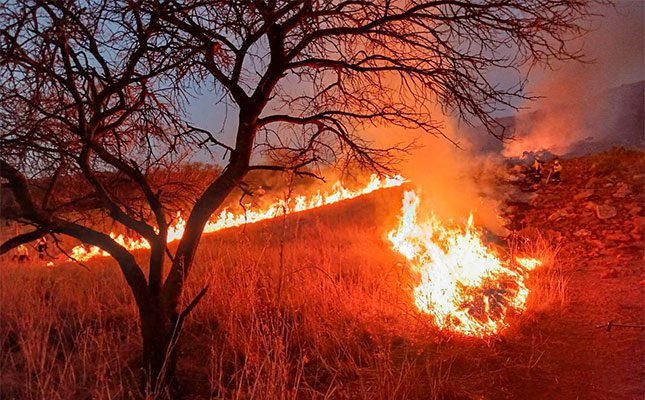
Photo: André Scheepers
As the province heads into another high-risk fire season, landowners are being urged to act with caution to avoid a repeat of last year’s devastation.
Rain that fell late in autumn has brought further risks this year. LEFPA manager André Scheepers said that activities to reduce fire risk, like burning firebreaks and excess vegetation, should preferably take place before 1 June. “But since much of the vegetation was still green in June, burns had to be delayed,” he said.
For the summer rainfall region, burning may only take place between 1 June and 31 October if a permit has been obtained from the local Fire Protection Agency, and it is only granted when the fire danger index is below 55. Additionally, all adjoining landowners must be notified before any burning is carried out.
However, with high-risk conditions prevailing during this time, such permits are not always easy to come by.
According to the South African Weather Service’s season climate watch, mostly below-average rainfall is expected over most of the country in the coming winter months. Minimum and maximum temperatures are expected to be mostly above normal for the forecast period of May to August.
“Though seasonal vegetation seems lush at the moment, the predicted absence of rainfall will cause it to dry out quickly, with potentially disastrous effects. As soon as it dries out, conditions will become conducive to the spread of veld fires,” Scheepers said.
South Africa’s National Veld and Forest Fire Act places a legal responsibility on landowners to create and maintain firebreaks along property boundaries. “Each property owner is accountable for their own side of the boundary, and the firebreak should be at least 10m wide,” Scheepers explained.
To streamline this co-operation, Scheepers recommended neighbours to formalise a firebreak agreement between them. Such an agreement should define where the firebreaks are placed and outline mutual responsibilities for maintaining them. Importantly, firebreaks must be kept reasonably clear of flammable material while ensuring that soil erosion is minimised.
Legal compliance also extends to the equipment and personnel present during controlled burns. Depending on the size of the property, certain elements are mandatory, including a bakkie sakkie (mobile firefighting unit), fire beaters, knapsack sprayers with a minimum 15ℓ capacity, and trained fire crews.
For larger operations, such as those in the forestry industry, more extensive gear is required. This includes 2 000ℓ water tanks, rake hoes, drip torches, communication radios, a first aid kit, and a designated crew leader to oversee the operation.
Anyone involved in planned burns must have received basic wildfire training to ensure burns are executed safely and in compliance with legislation.
With the looming threat of another destructive season, Scheepers advised landowners to be prepared, act responsibly, and work together to safeguard land and livelihoods.

